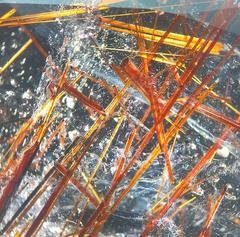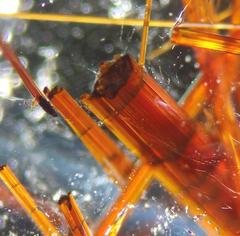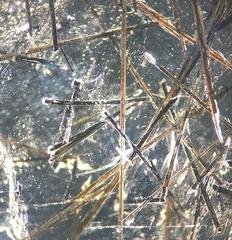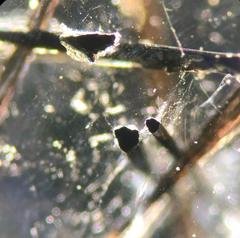Inclusions in Rutilated and Tourmalinated Quartz
One of our favourite pastimes at LGC Lab is losing ourselves in the world of incredible inclusions.
Quartz is a lot of fun because it plays host to some of the most impressive and varied inclusions.
In the gemstone industry we recognise quartz by colour – purple quartz is amethyst and the yellow-orange variety is citrine, for example. But quartz is also a widely abundant silicate material that crystallises in environments crowded with many other minerals. This means that quartz can be found with a huge variety of mineral inclusions, from pyrite and dumortierite to petroleum gas. In this article we’d like to introduce rutilated and tourmalinated quartz, which is just as it sounds – quartz with rutile and tourmaline inclusions.
Rutilated and tourmalinated quartz have a similar look, consisting of long needle-like crystals oriented in various directions.
The best way to tell the two apart is by colour.
Rutile inclusions are generally golden or reddish and tourmaline inclusions are black or green. What’s really cool is that when looking at these inclusions under the microscope, they are often big and clear enough for us to see the crystal termination of the rutile (tetragonal crystal system) and the tourmaline (trigonal crystal system), as well as the long striations (grooves) down the length of the crystals.
We’ve taken some microscope pictures of both types of stones that we have in store, and you can guess which is rutile and which is tourmaline!




